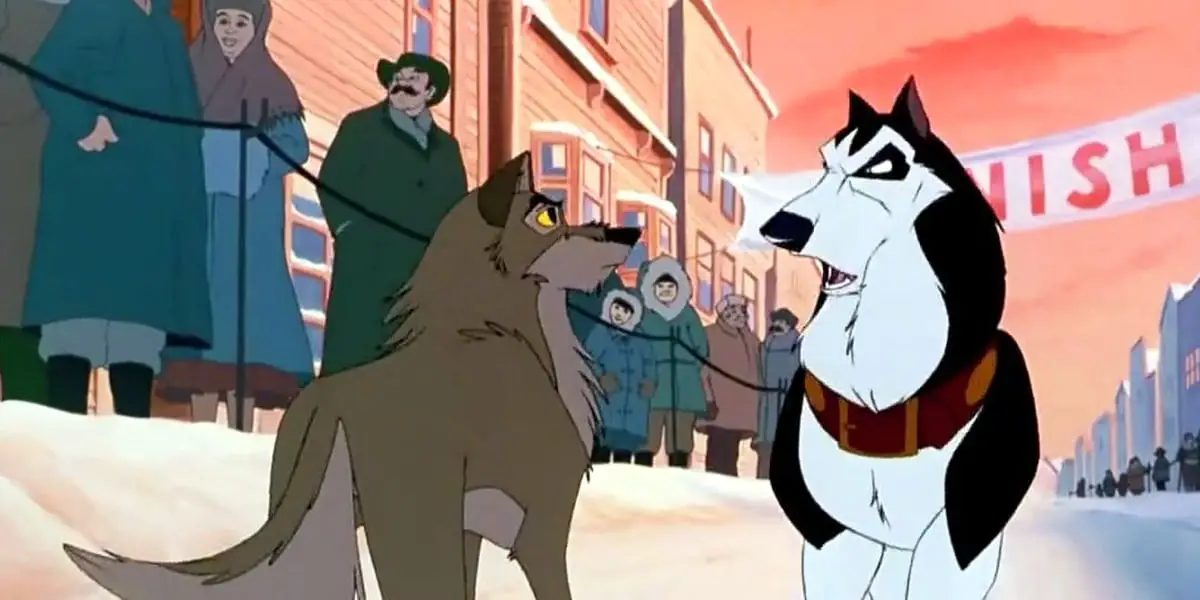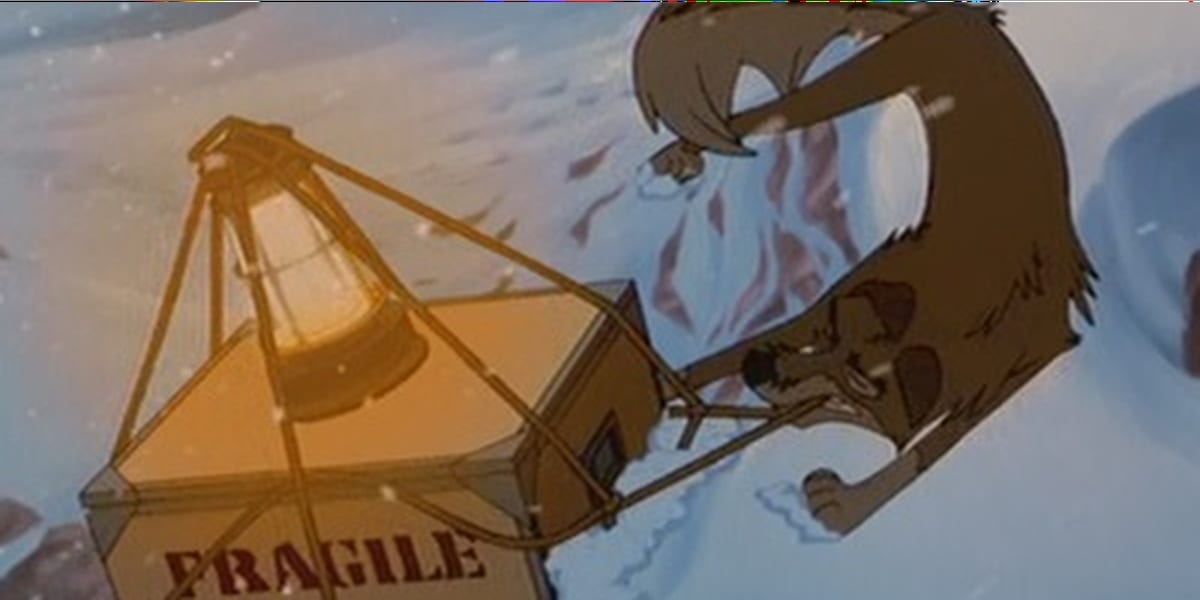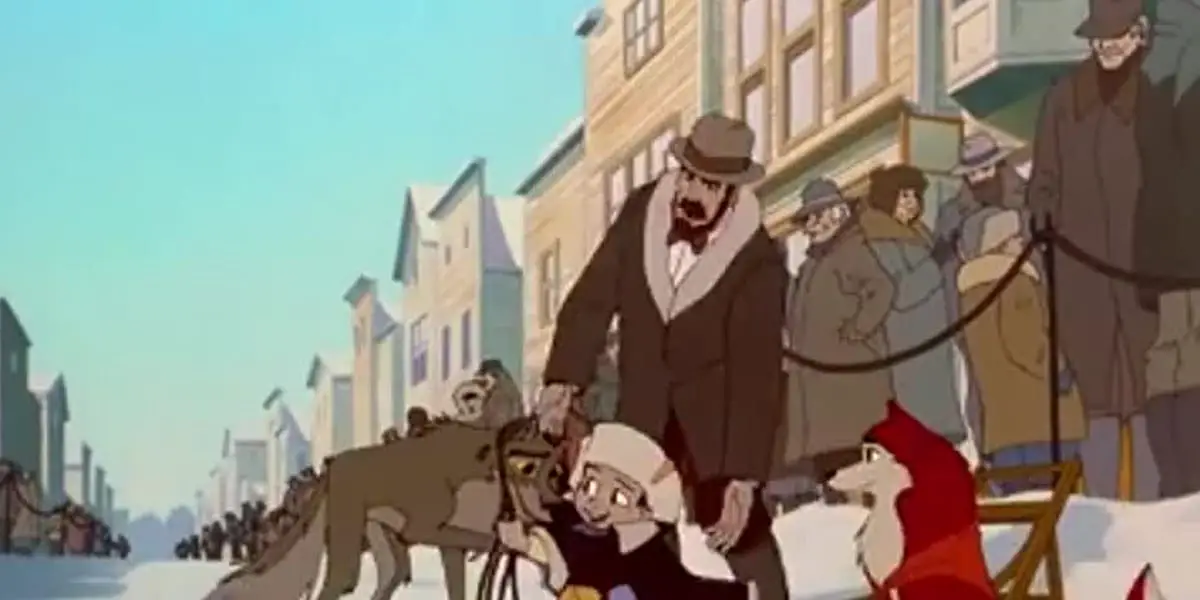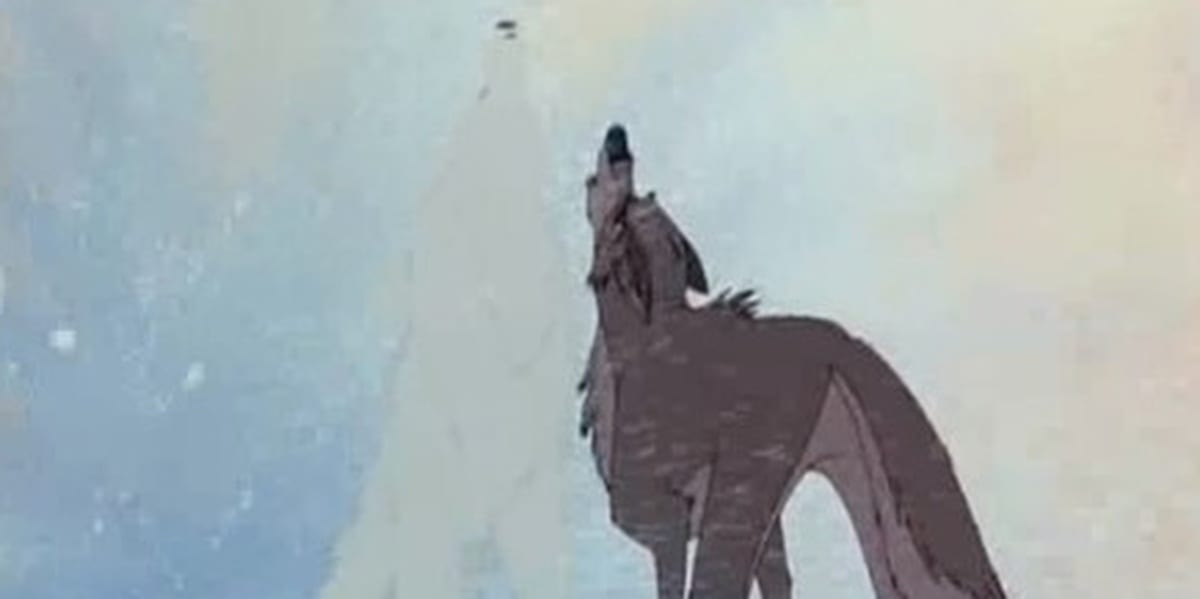Balto is one of my favorite childhood movies. I liked that it didn’t have any musical numbers, but instead just let the story play out. Balto had plenty of adversity to overcome to earn something every other dog in Nome, Alaska, already had: trust and affection from humans and respect from their fellow dogs.
Balto’s story still hits home in several ways. There are lessons derived from adversity, courage, willpower, and so much more. It’s life in a nutshell in so many ways. It’s an essential movie that taught me lessons I still appreciate to this day. Plus, it’s based, albeit loosely, on a true story. True stories often reaffirm faith in humanity, or in miracles, and Balto doesn’t fail to disappoint when he brings an antitoxin to save dying children in 1925 amid the worst winter conditions in Nome.
Life Lessons
Adversity. Everyone faces it in some way, shape or form. For Balto, it means putting up with the constant abuse from his fellow animals, particularly the dogs of Nome, for being half-dog, half-wolf. He’s punished for simply being who he is. Not only is he shunned by the other dogs, but he doesn’t quite fit in with wolves, either, and because of his mixed heritage, humans are wary of him and refuse to trust him. Despite all this, Balto never fails to jump in to help. He usually tries to ignore the jibes, though it clearly hurts him—and even Balto has his limits. Still, Balto’s first instinct is to show kindness and to help where he can. Even in adversity, Balto tries to be the best version of himself.

Unusual backgrounds. Balto’s a loner, living with a blended family in the form of an adoptive father goose, Boris, and two polar bears, Muk and Luk, who can’t swim. They’re each misfits in their own way, but they still all have each other. It’s important because it shows audiences that even if you’re different, there is a place in the world for you. Balto found a makeshift family who understands him, doesn’t judge him, and genuinely cares about him, and vice versa.
Prove them wrong. Balto has no control over what the humans or the other dogs think of him, as they already have preconceived ideas based on his heritage, but he can control his actions. By going out to rescue the lost sled dog team in wintry conditions, he proves how much he cares about the children, especially Rosy, whom he’d befriended and who was the only human to show him kindness. Balto’s only goal is to save the children, and he puts his own life at risk to do so. Even when villain Steele tries to throw off Balto from finding his way home, Balto finds a way to lead himself and the other dogs back to Nome in time to save the children with the antitoxin.

Embrace your past. Balto is ashamed of his heritage. It’s understandable given he’s been isolated most of his life because of others’ judgment of his background, but he’s let it get to him so deeply that he has come to greatly dislike that part of himself. However, in the bleakest moment, when he must climb to the top of a cliff after falling down, the medicine in tow, he finally realizes he has something no other dog does and that he can use it to his advantage. It’s not a curse, but a gift.
Believe in yourself. If Balto didn’t have even the slightest shred of self-confidence, he wouldn’t be able to make the journey to find the sled dogs, much less guide them home. He believes in his capabilities, and he never gives up. He knows what’s at risk and the consequences if he fails, but fear of failure doesn’t stop him from attaining his goals. If he hadn’t tried, the children dying of diphtheria wouldn’t have lived to tell the tale.
Noteworthy Story Elements
I’m sure there are more life lessons to be derived from the movie, but those aren’t the only gems that the film still has to offer.

I love that the story’s narrator turns out to be Rosy herself. Sometimes it can be disconcerting to watch a film move between live-action and animation, but in the case of Balto, I think the film does a splendid job of blending the two together so that it isn’t jarring or throwing off either story in the process. Even today, I think it holds up quite nicely. The choice in narrator is sure to be the primary reason for that. Rosy lives many happy years, long enough to tell her granddaughter the story of Balto as they take a walk through Central Park in search of a statue of none other than Balto himself.
The other thing I appreciate about the story itself was the fact that Balto isn’t completely isolated. He has his family in Boris, Muk and Luk, but he also has the trust of Rosy and her dog, Jenna, on whom Balto has a major crush. Rosy and Jenna stand out from everyone else in Nome, believing in Balto long before he brings the medicine back and becomes the town’s hero. Balto doesn’t do it to be a hero—he does it to save lives. Jenna and Rosy have long seen the goodness in Balto that everyone else refuses to, and I’m sure their faith and trust in him has something to do with his willpower and devotion to saving the children. Knowing that others believe in him makes all the difference; Balto believes in himself, but it’s nice to have a support system in place, too.

Plus, the scene in which Balto feels defeated while stuck at the bottom of the cliff is one of my favorites in animation. He howls alongside a fellow wolf, accepting his heritage, and finds the strength to overcome his greatest obstacle yet, in which he must get himself and the medicine up the side of the cliff and back to the top in one piece. It’s a hopeful, inspiring scene about acceptance and strength, and the film just wouldn’t be the same without it.
Steele gets his comeuppance in the end, as everyone despises him for his obvious lies and arrogance. He tries to thwart the other dogs, which could kill them, the human on their team injured during the journey, and ultimately the children in Nome who may not receive the medicine in time. Steele only cares about himself, and by the end of the movie, everyone around him realizes it.
Honestly, I personally have no complaints about Balto. Except for the fact that the bear was pretty vicious and terrifying—that was shocking for me as a kid. However, I think it’s an underrated classic that deserves more recognition than it has received. Balto was not only Rosy’s hero but mine, too.



